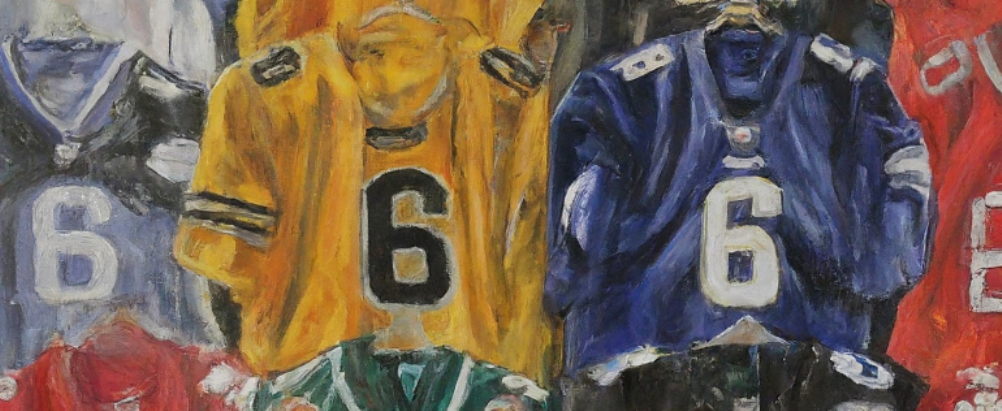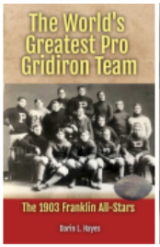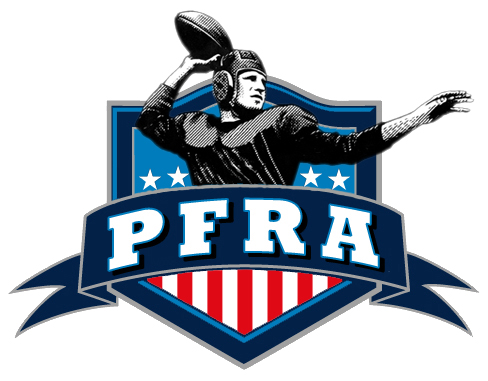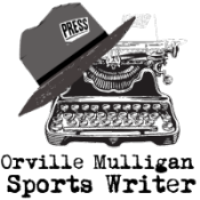Steve Owen not only starred while playing the game, he absorbed the lessons he learned on the field, put them into practice, and even innovated concepts of the gridiron when he got into coaching.
Steve Owen, born on April 21, 1898, in Cleo Springs, Oklahoma, was ambitious and resilient. His journey to success was not without its challenges. After completing high school, he continued his education at Philips University in Enid, OK. He worked on a cattle ranch to support himself, demonstrating his determination and work ethic. However, his pursuit of higher learning was interrupted when he served in the US Army during World War I.
Steve Owen's journey in professional football began in the early 1920s when the game was still finding its shape. After the War, he signed on with the NFL's Kansas City Cowboys in 1924, who played all their games on the road. The lineman earned a salary of $50 per contest for his labor.
At a relatively short 5'10" for a lineman, Owen's exceptional strength, intelligence, and fierce competitive spirit compensated for his stature. These unique qualities and his leadership skills set him apart from his peers.
His journey took him to several teams. After finding being a full-time road warrior quite the grind, the 26-year-old spent the 1925 season with the Waterbury-Hartford Blues, an independent team in Connecticut. The Blues had ambitions to join the NFL, and after Steve helped the team achieve a record of 10-2, including two narrow victories over the NFL's Rochester Jeffersons, Hartford would earn a League franchise in 1926. Steve was also signed to play for the Cleveland Bulldogs for one game that season.
That solitary game with the struggling Bulldogs would be a springboard to his eventual pigskin roost. Steve played briefly with the Cleveland Bulldogs before being sold to the New York Giants in 1926 for $500. The legendary Dr. Harry March had seen Owen play a year earlier at a meager salary of $100 a game, which barely covered the expenses of barnstorming across Florida with the Cowboys. Yet, his exceptional defensive skills couldn't be ignored.
Owen truly blossomed with the Giants, becoming a key cog in their 1927 champ "on-ship run. His leadership on and off the field earned him the respect of his teammates and coaches.
By 1931, Owen had transitioned into a player-coach role with the Giants, marking the start of a coaching dynasty that would span over two decades. His approach to the game was characterized by a strong emphasis on defense and fundamental football, a stark contrast to the more flamboyant offensive schemes of the time. This defensive focus, known as "Stout Steve's System," shaped the Giants' play and left a lasting" impacSteve'se game i "self, revolutionizingGiants'y team approach to defense.
Despite initial skepticism, Owen's methods proved to be game-changers. He led the Giants to eight Eastern titles and two NFL championships (1934 and 1938). His innovative tactics, such as the A-formation that revolutionized running plays and the umbrella defense designed to counter emerging passing attacks, significantly impacted the game's evolution. Owen's ability to adapt and innovate, combined with his unwavering fundamentals, reshaped the game, leaving a lasting legacy.
Steve Owen's impact extended beyond his tactical brilliance. He fostered a culture of Owen's focus and teamwork within the Giants organization, a testament to his leadership and character. He was known for his loyalty to his players and staff, instilling a sense of family within the team. This loyalty extended beyond the playing field, as Owen famously coached with the Giants for 24 seasons on a handshake agreement – a testament to his mutual respect and the Mara family, who owned the team.
The innovator took chances, too, with little things he learned and quick decisions. In the 1934 championship game (now known as the "sneaker game"), he found himself on a frozen field. In a stroke of genius, the New York Giants switched to sneakers in the second half, gaining traction and defeating the Chicago Bears 30-13. This innovative move forever changed the game, as NFL teams always wear rubber-soled shoes on icy fields.
Under the leadership of Coach Owen, the Giants would also claim the NFL title in 1938.
As a coach, Owen had a career win/loss record of 155-108-17 as his teams won eight division titles and two NFL Championships. The G-men under his watch were in eight of the first 14 NFL Title games! Coach Owen's innovations to the game were outstanding, and he is credited with the A-foOwen'sn offense. The umbrella defense, where he dropped four defensive backs to cover the deep field partly to neutralize the powerful Cleveland Browns passing attack after they joined the NFL in the early 1950s. He even participated in implementing the two-platoon system of personnel with specialists in offense and defense. Steve Owen was enshrined into the Pro Football Hall of Fame in 1966.
Steve Owen retired from coaching in 1953, leaving a legacy far beyond wins and championships. He was pivotal in establishing the New York Giants as a perennial contender, laying the foundation for future success. More importantly, Owen's dedication to defense, his emphasis on fundamentals, and his innovative Owen'ss significantly impacted the game's evolution. He is a testament that leadership, intelligence, and a deep understanding of the game can overcome physical limitations. Steve Owen, the "Rock of New York," remains a towering figure in the Giants' history and an innovator in "the annals of professional football Giants.'







